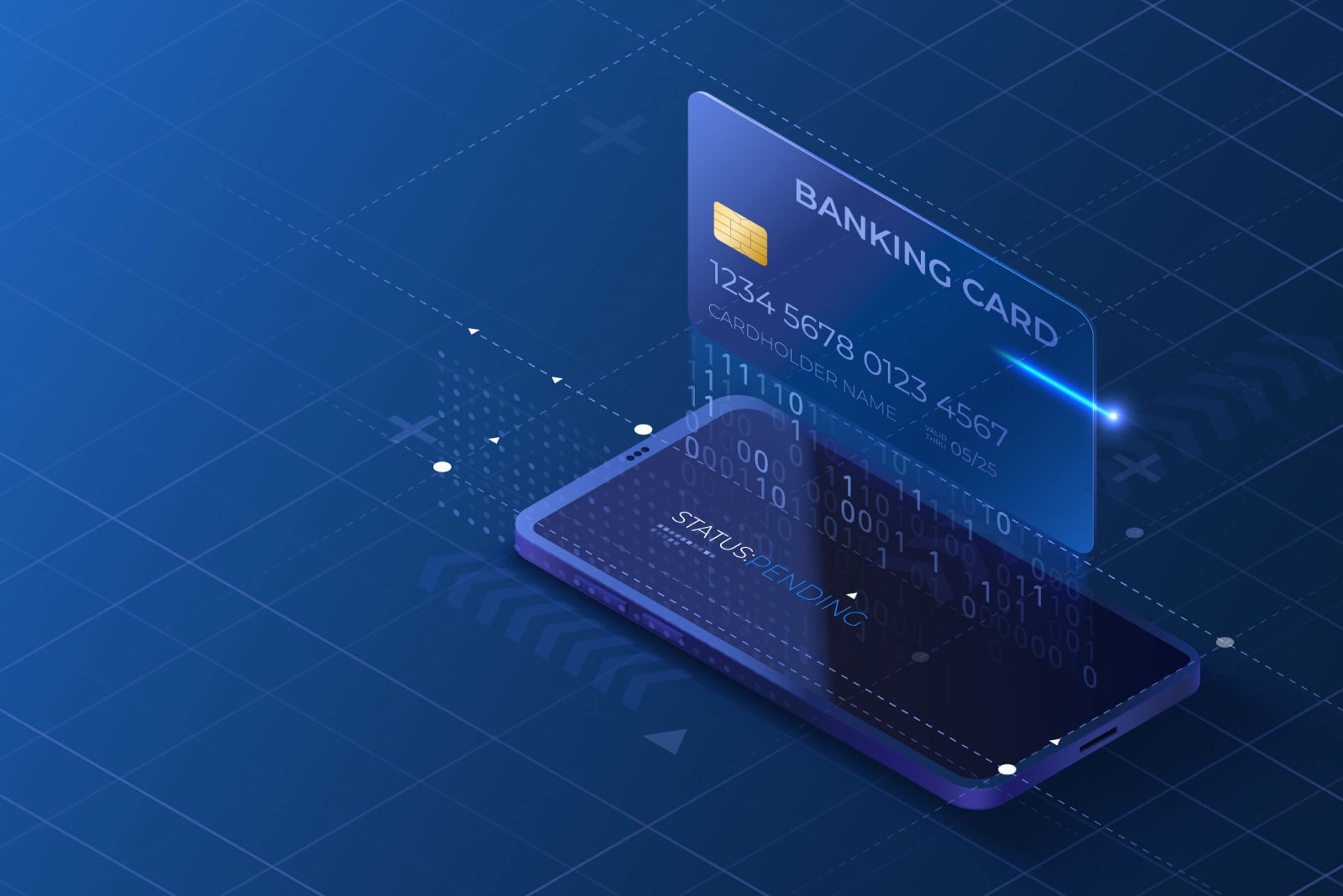Innovations introduced thousands of years ago, such as physical debit and credit cards, helped the financial world to pave the way towards modernity over decades. They have rendered it simpler to make purchases, withdraw money, and shop online for millions of people. But the fast evolution of financial technology has created another opportunity: instant virtual cards. These are digital copies of cards that could be created in a matter of seconds and used to make online payments just like a conventional card. The question still remains whether or not virtual cards are indeed superior to the real cards or do virtual cards simply just amplify the utility of the real cards.
Physical Cards
A physical card is that piece of plastic, a debit or credit card, you have in your bank. It is typically plastic with an embedded chip or mag strip, a card number, and security elements such as a CVV. Physical cards have a great acceptance in ATMs, stores, restaurants, and online websites and platforms. They are physical, flexible, and yet have a crucial part in the personal finances of individuals in the world.
Instant Virtual Cards
By contrast, there is an instant virtual card that exists in a purely digital form. It offers a card user their own 16-digit card number, expiry date, and CVV code- all instantly generated by a bank or fintech application. VCs are made with a focus on online transactions and payments of subscriptions and online purchases. Other providers enable such cards to be linked to mobile wallets so that they can be used in traditional stores as well.
Comparing Accessibility
Obtaining a physical card would normally require waiting to receive them after approval, and this could take anything between days or even weeks. Instant virtual cards, in turn, are obtained with the help of an app or online portal and are generated instantly. The ability to gain swift access to an instrument of payment puts virtual cards ahead of others that require more time to obtain.
Comparing Security
One of the key differences is that of security. When a physical card is either stolen or its information has been revealed on the internet, the cardholder needs to ensure it has been blocked and a replacement is expected. Using a virtual card, the user can freeze the card or simply erase it at once. There are virtual cards to be used only once, after which they would be invalid. This is what makes them very effective in averting fraud.
Comparing Convenience
Physical cards will be mandatory for face-to-face spending. They are used at cash machines, restaurants, and stores all over the globe. Virtual cards have the obvious advantages of being highly suitable as digital cards but poorly as physical ones unless they are accompanied by a mobile purse. In this respect, the two options have different applications and can go hand in hand instead of competing.
Comparing Control Over Subscriptions
One of the inconveniences with hardcopy cards is having to cope with recurring bills that you do not need. Cancellation of such payments may be done by visiting the merchant directly. This issue is resolved through the use of virtual cards, where each user is able to assign a different card to each subscription. The card could be deleted if it seems that the service is not required anymore to avoid the following overcharges.
Conclusion
When comparing instant virtual cards and physical cards, there is no general best option, but rather what most suits a particular need. Offline transactions still require having a physical card, but online, they have become almost unnecessary, and a virtual card remains the most secure and convenient.
The best way is to combine the two, in most cases, as many users still prefer using a physical card when making standard purchases, but reserve the instant virtual cards in case they need to purchase something online, use one-time subscriptions, or perform international transactions. Combined, they provide the most convenient levels of protection in our current-day financial environment.



































